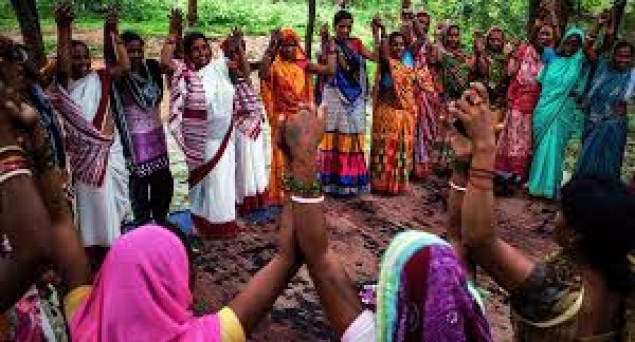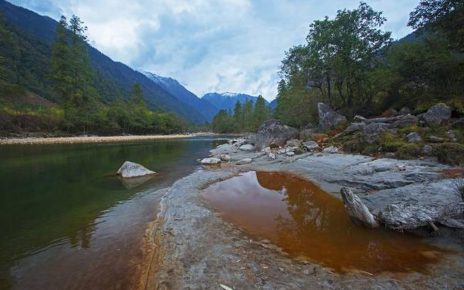India Tomorrow
08/04/2020
NEW DELHI, APRIL 8—A joint study conducted by the Indigenous Lawyers Association of India (ILAI) and Denmark-based International Work Group for Indigenous Affairs (IWGIA) has said that the “reverse migration” if indigenous people in the post-lockdown period can destroy India’s tribal communities largely concentrated in 10 states, besides the country Northeastern region.
Titled “COVID-19 in India: Reverse migration could destroy indigenous communities”, the report of the study says: “Hundreds of thousands of indigenous peoples including from the Northeast migrated to the metropolis, primarily to work in unorganized sectors, in the post liberalization period. As COVID-19 destroys economies and absence of jobs, homes and food loom large, the indigenous migrant workers are all set to return to their traditional areas without access to testing facilities to detect the virus.”
“Reverse migration, possibly carrying the virus, can have devastating impact on indigenous communities. It can wipe out endangered indigenous peoples of India and further, permanently damage the survival of many communities”, says the study.
“The detection of 10 positive COVID-19 cases in Port Blair, the capital of Andaman and Nicobar Islands, is a serious issue of concern. Its spread can threaten the survival of some of the world’s most endangered indigenous communities – Great Andamanese, Jarawas, Onge, Shompen and the Sentinelese of Andaman and Nicobar islands whose combined population is less than 1,000”, it says.
The study also highlighted various problems being faced by indigenous peoples under COVID-19 such as racial discrimination and attacks on Northeast people, loss of jobs and reverse migration to native places, indigenous migrant workers stranded by the lockdown without adequate food, and impact on traditional livelihood of indigenous peoples.
“About 45.3 per cent of the tribals in the rural areas are below poverty line. During the lockdown, they are not being reached by the state programmes and effectively left to fend for themselves. It is a stark choice between disease and death by hunger”, the study concludes.
Accounting for about seven per cent of India’s total population, almost half of the country’s tribal or indigenous population is found in three states: Madhya Pradesh, Chattisgarh, Odisa and Jharkhand. They are also located in sizeable numbers in Gujarat, Maharashtra, Rajasthan and Andhra Pradesh. Vast majority of Nagaland (88 per cent), Meghalaya (80 per cent) and Arunachal Pradesh (70 per cent) are tribals or indigenous people.




